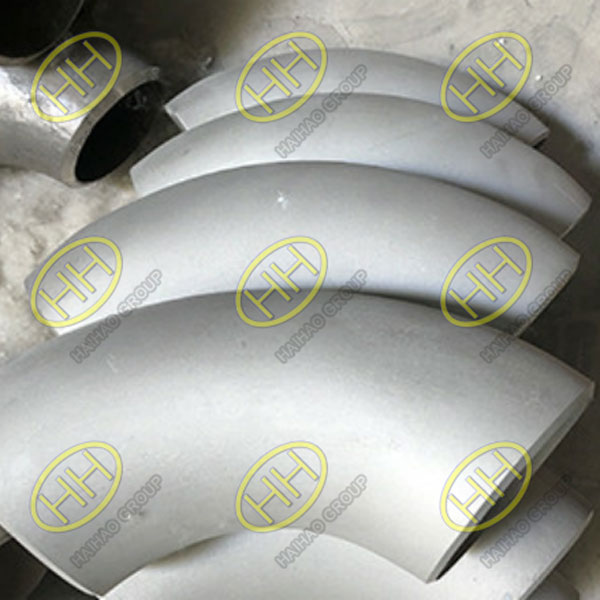Polishing method of stainless steel welded elbow
Stainless steel welded elbows are integral components in various piping systems, renowned for their high performance and ease of installation. They are crucial for maintaining corrosion resistance and structural integrity in diverse industrial applications. When installing stainless steel welding elbows, it’s vital to prevent direct contact with other metals to avoid corrosion. Non-metallic barriers such as cushion plates or rubber sheets are commonly used for isolation.
The welding process for stainless steel elbows requires strict temperature control to prevent structural issues. Temperatures exceeding 600 degrees Celsius can compromise the material’s integrity and performance. During welding, internal argon gas shielding is essential to prevent oxidation and maintain weld quality. Specialized tools like stainless steel-specific grinding wheels or plasma cutters should be used for cutting operations to avoid contamination and ensure precise cuts.
Distinguishing Features Between Stainless Steel and Carbon Steel Elbows
Stainless steel elbows offer prolonged resistance to rust and corrosion compared to carbon steel counterparts. However, this property necessitates different polishing techniques:
Chemical Polishing:
Chemical polishing dissolves surface imperfections in a chemical medium rather than mechanically. This method produces smooth finishes suitable for complex shapes and bulk polishing without requiring intricate equipment.
Mechanical Polishing:
Mechanical polishing involves both rough and fine polishing stages. Rough polishing utilizes electric polishing discs rotating at 200-300 rpm, applying polishing compounds like chromium oxide or alumina to maintain a wet polishing surface. Fine polishing follows, refining the surface further at lower speeds (150-200 rpm) to achieve a high-gloss finish.
Electrolytic Polishing:
Electrolytic polishing removes metal ions from the surface, enhancing surface smoothness. It involves the formation and dissolution of phosphate films on protruding areas under controlled conditions, ensuring a uniform finish across stainless steel elbows.
Understanding these polishing techniques is crucial for ensuring the durability and aesthetic appeal of stainless steel welding elbows in various industrial settings. Proper polishing not only enhances surface quality but also maintains the material’s corrosion resistance, extending the lifespan and reliability of piping systems.

